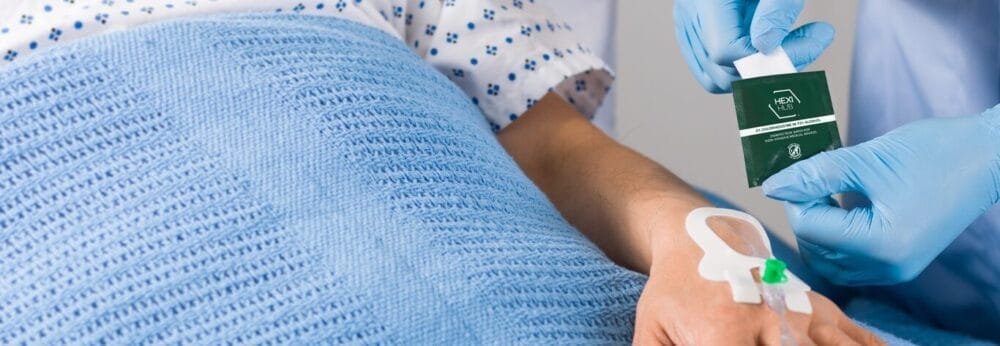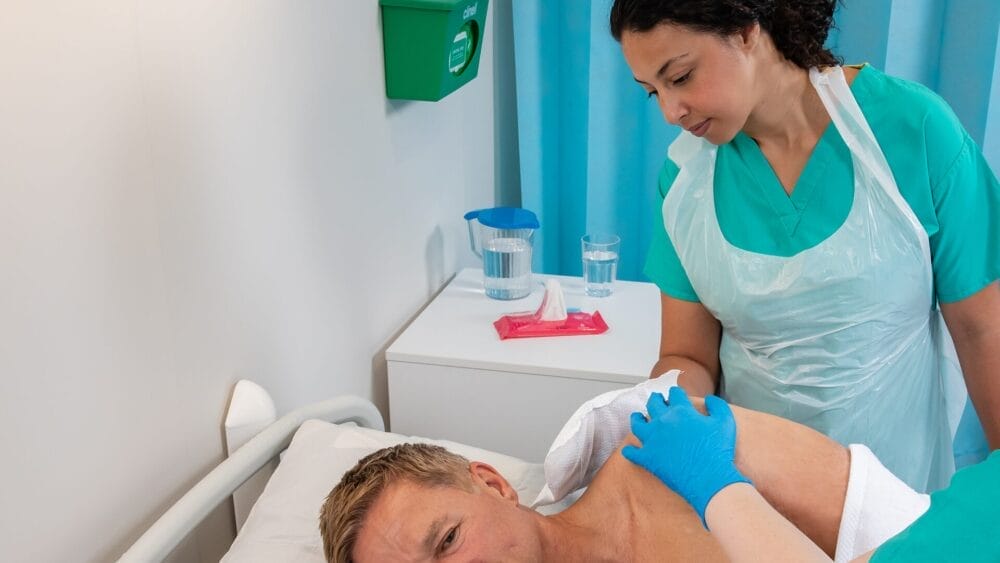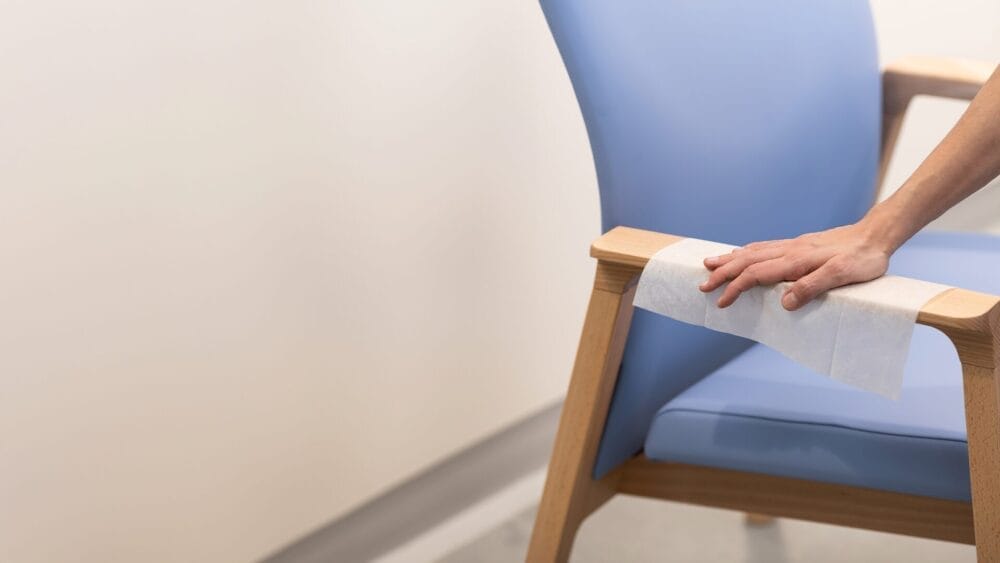Posted
10th April 2018
Research

t is clear that sharing a room or multi-occupancy bay with a patient infected or colonised with an HCAI-related pathogen is a risk factor for acquisition. Indeed, the physical segregation of patients has been a key intervention to prevent the spread of infectious diseases since the advent of germ theory! The risk of acquiring pathogens from contamination left behind by a previous occupant of the same room or bed-space is less obvious, but one that is now widely recognised. However, which is greater? The risk from a current roommate, or the risk from a previous occupant of the same bed-space? Whilst you may think it would be the current roommate, a new study suggests that the risk from the previous room occupant may be greater!
The American research team performed a large case-control study, in a population of 760,000 patients across four hospitals in New York between 2006 and 2012. More that 10,000 patients developed an HCAI during this period, and these cases were matched with uninfected controls based on time, location, and length of stay. The key finding was that both exposure to a roommate or a previous room occupant with the same pathogen that caused the HCAI were risk factors for HCAI. Interestingly, exposure to a current room occupant increased the risk of HCAI 5-fold, whereas exposure to a previous room occupant increased the risk of acquisition 6-fold! Whilst the study was not designed to compare directly the increased risk from current roommates with previous room occupants, this finding suggests that exposure to a previous room occupant could be a greater risk for HCAI than exposure to a current roommate. One possible reason for this is that a current roommate with an HCAI is a more obvious, tangible risk for transmission, and so basic IPC practice and cleaning standards are higher. In contrast, a previous room occupant is an unseen risk, so cleaning standards are lower.
These findings reinforce the need to improve cleaning and disinfection of the clinical environment both during the stay of patients, and at the time of discharge to minimise the risk of HCAI.
SHARE THIS ARTICLE
Tags
Latest News
Embracing sustainability and cost savings: The journey of Clinell Indicator Notes to paper-based solutions
At GAMA Healthcare, we’ve always prided ourselves on being at…
Introducing HEXI HUB: A seamless transition in our product line
We’re pleased to announce an update to our product offering…
Innovative solutions for tackling Carbapenemase-producing Enterobacteriaceae (CPE) at King’s College Hospitals
King’s College Hospital NHS Foundation Trust, one of London’s largest…
Gloves Off: reducing unnecessary plastic waste during environmental cleaning and disinfection
In this blog, Dr Phil Norville discusses the momentum-gaining ‘Gloves…




